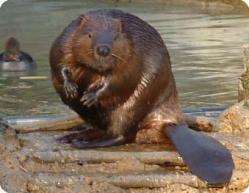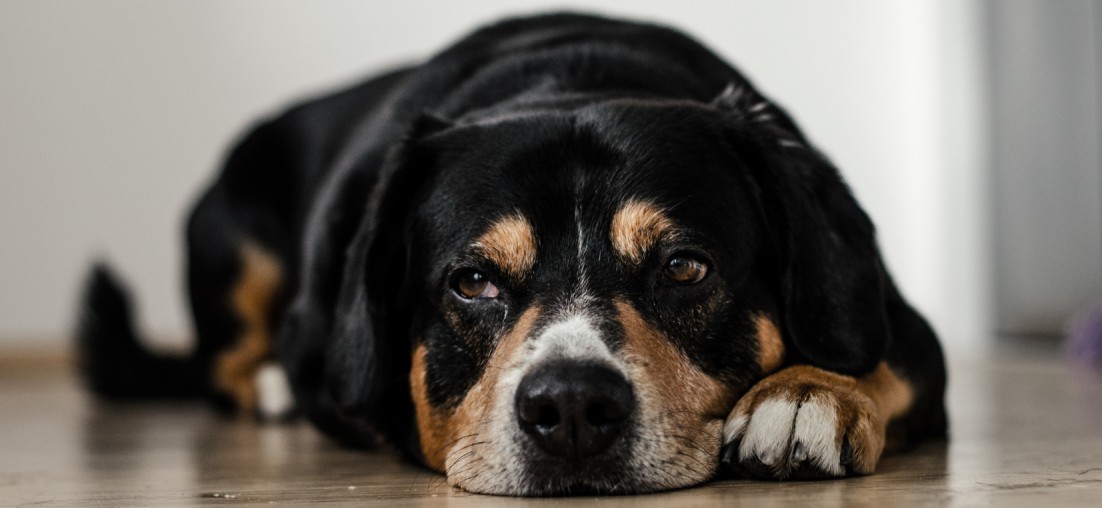Happy new year!
Time for the first post of 2016!
Last week (back in 2015) I was asked via tweeter ” How do female porcupines give birth?”. My first thought was “very very very carefully”! Later, with the help of doctor Google, I found some interesting information at an excellent post by Dr. Quinn Shurtliff.
But, if we just remember that porcupines are rodents, we will realize how many differences they do have when compared to other rodents, such as beavers, rabbits, rats, mice etc etc etc!
So in the next paragraphs we will try to sum up the most important -and maybe funny- facts about reproductive physiology of the rodents.
Let’s begin with the big ones…
Porcupines

Female porcupines are solitary animals except during the breeding season, which begins during the fall. Females may be polyestrous and re-cycle in 25 to 30 days if fertilization does not occur at the time of ovulation. Ovulation is spontaneous and may alternate between the left and right ovaries. The female porcupine is in heat for 8-12 hours. The testes of male porcupines descend into scrotal pouches during late August and early September. Spermatogenesis reaches its highest level during October.
When breeding season begins, females secrete a thick mucus which mixes with their urine. The resulting odor attracts males which fight for receptive females. They use loud vocalizations, violent biting, and each uses his quills as weapons. Although the competition happens in trees, mating exclusively happens on the ground. Once a dominant male is successful, he approaches the female and uses a spray of his urine on the female. Only a few drops touch the female, but the chemical reaction allows the female to fully enter estrus. When porcupines are mating, they tighten their skin and hold their quills flat, so as not to injure each other. Mating may occur repeatedly until the female loses interest and climbs back in to the tree. After mating, a copulation plug is formed.
The North American porcupine has a long gestation period when compared to other rodents. Pregnancy lasts 210 (205-217) days with the young being born from April to June. Porcupines give birth to a single young. At birth, they weigh about 450 g, which increases to nearly 1 kg after the first two weeks. They do not gain full adult weight until the end of the second summer about 4.5 kg. Offspring are precocial with open eyes when born. Senses of smell and hearing develop as the young grow. The quills of young porcupines are soft at birth but harden within one hour. Parental care is provided by the mother. Mothers remain with their young for up to six months. Youngs are not sexual mature until the age of 25 months for females, and 29 months for males.
Beavers

(http://co.laplata.co.us/node/1017)
Beavers are monogamous animals! The breeding season begins in January and February in both American and Eurasian beavers. Estrus lasts 10-12, maximum 24 hours. Copulation most commonly takes place in the water and in some cases can take place in the lodge. The male will approach a female floating in the water from the side and copulation may last from 30 seconds to 3 minutes! Most copulations occur at night. If not fertilized, female beaver may come into estrus again two weeks later.
The female is sexually active after 1.5 to 2.5 years old. Most beavers do not reproduce until they are three years, but about 20% of two-year-old females reproduce. Pregnancy of the American beaver lasts around 107 days and of the Eurasian 60-128 days. The average size litter is 3 to 4 young (1-4) for the American and 1 to 3 (2-6) for the Eurasian beaver.
Baby beavers or “kits” are born well-developed, with open eyes and ample body fur. Newborn weight is 230 to 630 g. They are comfortable with the water in the span of a single day post-birth, and can even swim.
Rabbits

In fact rabbits ARE NOT RODENTS! They were considered to be but not anymore! They are lagomorphs. Nevertheless, we will demonstrate some things about them in the following paragraphs:
Rabbits are well-known for their reproductive capacity! Mating in rabbits is generally polygynandrous (=a reproductive strategy that occurs when two or more males have an exclusive sexual relationship with two or more females. The numbers of males and females need not be equal.), though males will attempt to monopolize particular females. Forget monogamy in this case…
Sex determination is difficult and easier with puberty (4-9 months). Small breeds mature earlier than larger breeds (body weight is more important than age). Also does (females) mature earlier than do bucks (males, that achieve optimum sperm production 40-70 days after puberty).
Does are induced ovulators with no defined estrous cycle, although a cyclic rhythm in sexual receptivity exists (can show swollen vulva). Females experience postpartum estrus and thus may have several litters per year (maybe more than 400 per year), though spontaneous abortions and resorption of embryos are common. Also they can be lactating during pregnancy.
During copulation bucks rapidly mount receptive females, reflex ejaculation follows immediately on intromission and copulatory thrust is so vigorous that buck falls backward or sideways and may emit a characteristic cry!
Gestation length is 30-32 days, and the average litter contains 5 to 8 young. Rabbit placenta allow an unusually high degree of contact between maternal and fetal bloodstreams, a condition they share with humans. Parturition occurs usually in the morning and lasts less than 30 minutes.
Neonates, called kittens, are blind, without hair and helpless, they weigh 50 g, their ears are functional from day 7 and their eyes open on day 10. They do not require stimulation to urinate! The mother visits the nest for only a few minutes each day to nurse them, but the milk is extremely rich. Young are weaned at 5 weeks of age and can live up to nine years. Males are not involved in caring for young. Mortality rate in the first year of life is very high, sometimes more than 90%.
Guinea pigs

Guinea pigs no longer exist in the wild, therefore, mating systems in natural environments are unknown. In domestic populations, mating is heavily influenced by humans. Both monogamous and polygamous systems occur, depending on how animals are housed.
Prior to mating, males smell a potential mate’s genital area and scent mark their mates with urine. Males are very protective of their mates, particularly when multiple males are housed with a single female.
Male guinea pigs reach sexual maturity at about 3 months while females earlier at about 2 months of age. Estrus occurs 3 to 4 times per year and lasts approximately 16 days. Females are polyestric animals as they cycle every 15-17 days. They are spontaneous ovulators and estrus lasts 6-11 hours.
Mating and fertilization usually occur at night, within 20 hours of ovulation. A solid mass of coagulated ejaculate (plug) that falls out of vagina several hours after mating and confirms copulation; hard and waxy product of male secretions. Guinea pigs do not exhibit seasonal mating patterns in domestic populations.
Gestation lasts 69 days (59-72). The average age at first pregnancy is 175 days. It’s important to breed females at a young age, ideally at about 6-12 weeks old (400-600 g body weight) and definitely before 6-8 months old; after 8 months old the pubic symphysis fuses and dystocia will occur. The average litter size is 3 pups (1-13). Parturition is typically rapid with only a few minutes between births. Females do not built nests, but they express fertile postpartum estrus 2-10 hours after parturition!
Newborns are called pups or young (but not piglets) and they are precocious (fully furred, eyes open). Urination and defecation must be stimulated. Birth weight is 45-115 g. Lactation lasts 3 weeks, sows are not very “motherly” and weaning occurs 14 to 21 days after birth.
Enough…more to come on part 2!
Until then, I wish you all health and happiness!

